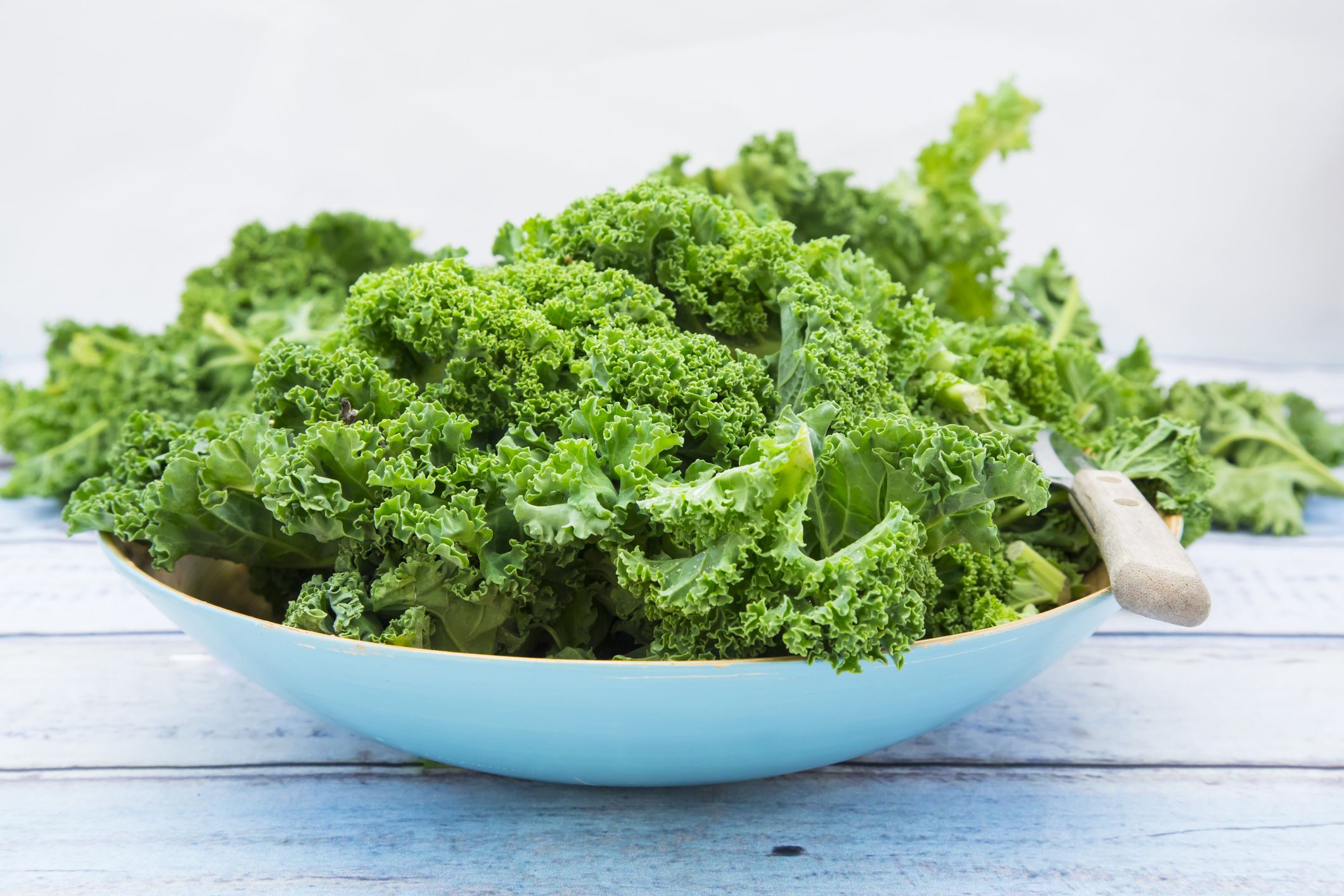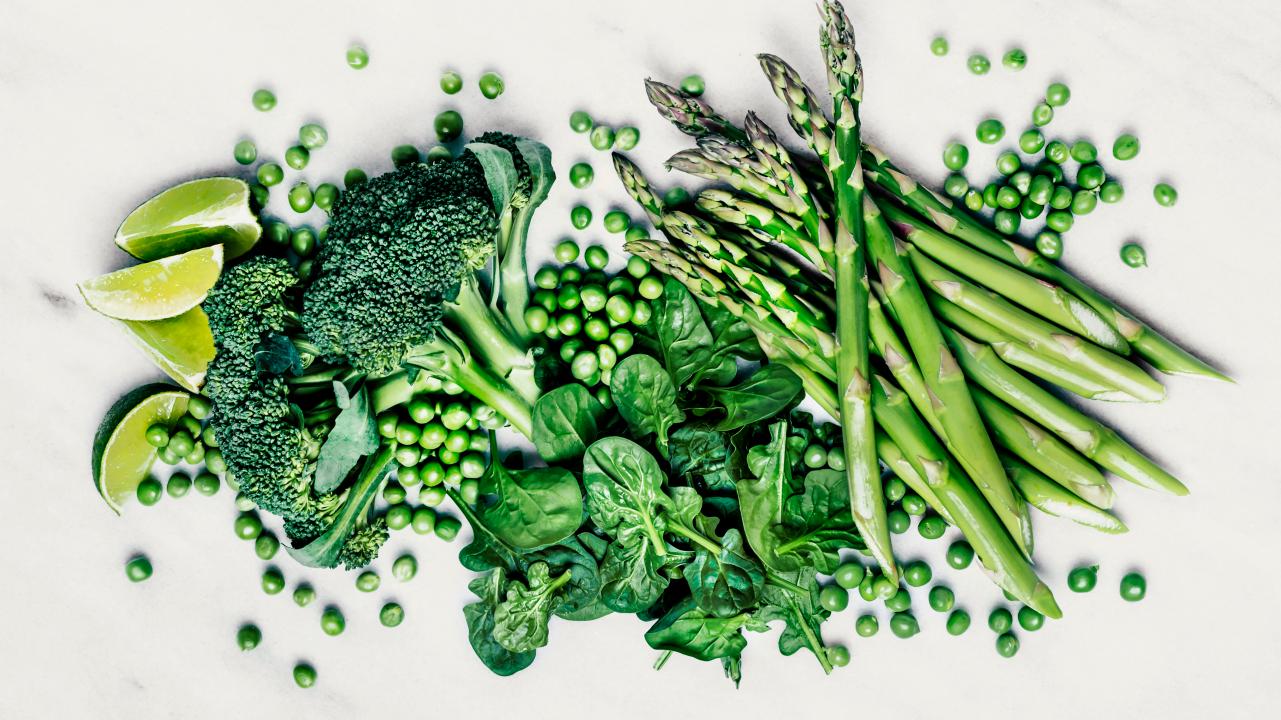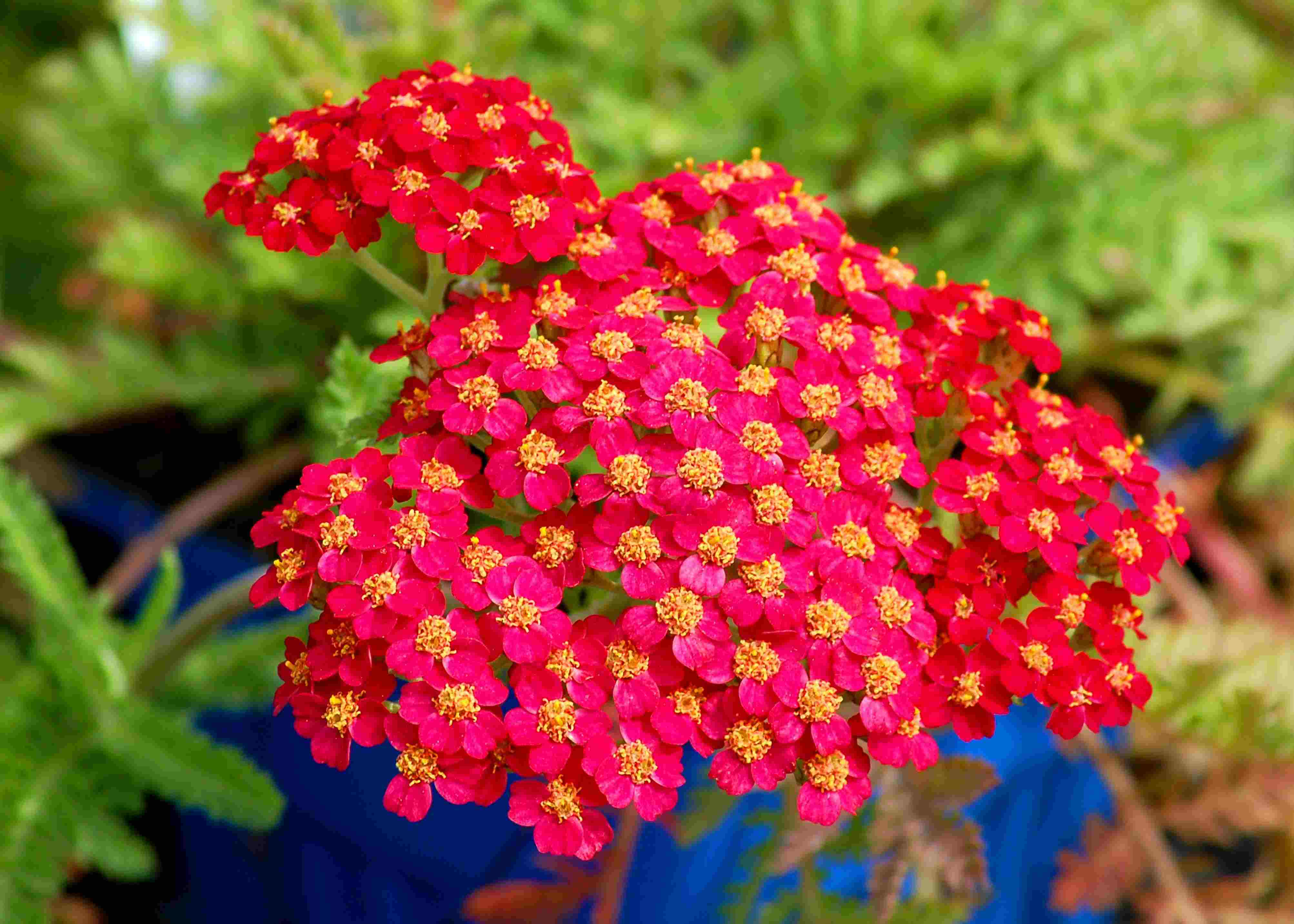Home>Gardening Techniques>Seasonal Gardening>Which Vegetables Are In Season Now


Seasonal Gardening
Which Vegetables Are In Season Now
Modified: January 22, 2024
Discover the best seasonal gardening tips and learn which vegetables are in season now. Enhance your gardening experience and enjoy fresh produce throughout the year.
(Many of the links in this article redirect to a specific reviewed product. Your purchase of these products through affiliate links helps to generate commission for Chicagolandgardening.com, at no extra cost. Learn more)
Table of Contents
Introduction
Seasonal gardening is not only a rewarding hobby but also an essential practice for those looking to cultivate healthy and abundant plants. By understanding which vegetables are in season, gardeners can optimize their planting schedules, ensure optimal growth conditions, and enjoy a bountiful harvest.
In every season, nature provides a unique set of weather conditions that influence the growth patterns of different vegetables. Spring brings warmer temperatures and longer days, while summer offers plenty of sunshine and occasional rain showers. Fall brings cooler temperatures and shorter days, and winter brings frost and colder climates.
By aligning our gardening efforts with the natural cycles of the seasons, we can create an environment that is conducive to plant growth and increase the chances of a successful harvest. Whether you are an experienced gardener or just starting out, understanding which vegetables are in season during each period can greatly enhance your gardening experience.
Throughout this article, we will explore the vegetables that flourish in each season, providing insights into their characteristics, ideal growing conditions, and potential benefits for your garden. So, let’s embark on this seasonal gardening journey together, as we discover the wonders of nature’s bounty in every season.
Spring Vegetables in Season
Spring is a time of renewal and growth, making it an ideal season for cultivating a variety of delicious vegetables. As the days get longer and temperatures start to rise, these vegetables thrive in the milder weather conditions and offer a range of flavors and textures to delight any gardener’s palate. Here are some of the vegetables that shine in the spring:
- Asparagus: A true delicacy of the spring season, asparagus is a versatile vegetable that can be enjoyed in a variety of dishes. With its tender spears and earthy flavor, it is best harvested when it reaches around 6 to 8 inches in height.
- Radishes: Known for their vibrant colors and peppery taste, radishes are quick to grow and provide a satisfying crunch. They can be enjoyed raw in salads or pickled for a tangy twist.
- Peas: Sweet and crisp, peas are a true springtime treat. Whether you choose snap peas, snow peas, or shelling peas, they are a great addition to stir-fries, soups, or simply enjoyed on their own.
- Spinach: Packed with nutrients, spinach is a leafy green vegetable that thrives in cooler temperatures. It can be harvested as baby spinach or allowed to grow and produce larger leaves.
- Carrots: With their vibrant orange color and sweet flavor, spring carrots are a staple in any garden. They can be enjoyed raw, steamed, or roasted, and are a great source of vitamins and fiber.
These are just a few examples of the delightful vegetables that flourish in spring. By incorporating them into your garden, you can add variety to your meals and enjoy the freshness and flavors of the season. Planting these vegetables in early spring will ensure a plentiful harvest during this rejuvenating time of year.
Summer Vegetables in Season
Summer is a season of abundance when it comes to gardening. With longer days and ample sunshine, the warm weather provides optimal growing conditions for a wide range of vegetables. From juicy tomatoes to tender squash, there are plenty of flavorful and nutritious options to enjoy. Here are some of the vegetables that thrive during the summer months:
- Tomatoes: Arguably the most popular summer vegetable, tomatoes come in a variety of shapes, sizes, and flavors. From cherry tomatoes to heirloom varieties, they are perfect for salads, salsas, and sauces.
- Cucumbers: Crisp and refreshing, cucumbers are a staple of summer gardens. Whether enjoyed fresh in salads or pickled as a snack, they offer a cool and hydrating addition to any meal.
- Zucchini: Known for their prolific growth, zucchini plants produce an abundance of versatile and delicious vegetables. From zoodles (zucchini noodles) to grilled zucchini, the possibilities are endless.
- Bell peppers: With their vibrant colors and sweet flavor, bell peppers are a versatile addition to any summer garden. They can be enjoyed raw, grilled, stuffed, or roasted, adding a pop of color and flavor to any dish.
- Eggplant: With its rich, meaty texture and mild flavor, eggplant is a favorite in many cuisines. From traditional dishes like eggplant Parmesan to grilled eggplant slices, it is a versatile vegetable that adds depth to any recipe.
These are just a few examples of the vegetables that thrive during the summer months. By incorporating these into your garden, you can enjoy the flavors of the season and create delicious meals with the fresh produce at your fingertips.
Fall Vegetables in Season
Fall brings cooler temperatures and shorter days, but it is still a wonderful time to continue your gardening journey. As summer transitions into autumn, certain vegetables flourish in the crisp air and changing colors of the season. Here are some of the vegetables that thrive during the fall:
- Pumpkins: Fall wouldn’t be complete without the iconic presence of pumpkins. From carving for Halloween to making delicious pumpkin pies, they are a versatile and nutrient-rich vegetable.
- Squash: Delicata, acorn, and butternut squash are just a few varieties that thrive during the fall. These hearty vegetables are perfect for comforting soups, roasted dishes, or stuffed as a main course.
- Brussels sprouts: These miniature cabbages are a fall favorite, known for their slightly bitter yet distinctively delicious flavor. Roasted or sautéed, they make a great side dish or can be incorporated into salads for added crunch.
- Broccoli: An excellent source of vitamins and minerals, broccoli thrives in the cooler temperatures of fall. Whether steamed, stir-fried, or roasted, this cruciferous vegetable adds a nutritional punch to any meal.
- Radishes: While radishes can be grown throughout the year, fall is an especially good time for these root vegetables. With cooler temperatures, their crispness and peppery flavor are enhanced.
These vegetables not only provide a delicious addition to your fall menus but also bring a sense of warmth and comfort to any meal. By planting them in late summer or early fall, you can extend your gardening season and enjoy the flavors of autumn long after summer has faded.
Winter Vegetables in Season
While winter may seem like a challenging time for gardening, there are still plenty of vegetables that can thrive in colder temperatures. By choosing the right varieties and providing some protection, you can continue to enjoy fresh produce even in the frosty months. Here are some winter vegetables that are in season:
- Kale: Known for its hardy nature, kale is a leafy green that actually improves in flavor after exposure to cold temperatures. Rich in vitamins and minerals, it can be used in soups, stir-fries, or even as a salad base.
- Winter squash: Varieties like butternut squash and spaghetti squash store well and can be enjoyed throughout the winter. These versatile vegetables are perfect for roasting, making hearty soups, or adding a sweet touch to your meals.
- Root vegetables: Vegetables like carrots, beets, turnips, and parsnips thrive in colder climates and can be harvested throughout the winter. Roasting or stewing these earthy vegetables brings out their natural sweetness and adds depth to your dishes.
- Brussels sprouts: These small cabbages continue to grow and develop flavor as the weather gets colder. Harvest them after a light frost to enhance their sweetness, and roast or sauté them for a delicious side dish.
- Winter greens: Vegetables such as collard greens, Swiss chard, and spinach can withstand the winter chill while providing a nutritious addition to your meals. Sauté them with garlic and olive oil or add them to warming winter soups.
Winter vegetables not only provide sustenance during the colder months but also add freshness and variety to your winter meals. With proper care and some winter gardening techniques, you can continue to enjoy the rewards of your garden, even as the snow falls outside.
Conclusion
Gardening throughout the seasons allows us to connect with nature and experience the joy of cultivating our own food. By understanding which vegetables are in season, we can optimize our gardening efforts and create a thriving and productive garden.
From the refreshing flavors of spring to the abundance of summer, the crispness of fall, and the resilience of winter, each season offers its own garden delights. By embracing the natural cycles of the year, we can enjoy a diverse range of vegetables that not only nourish our bodies but also bring satisfaction and fulfillment to our gardening endeavors.
When planning your seasonal garden, consider your specific climate, soil conditions, and the unique requirements of each vegetable. Research the varieties that grow best in your region and explore different planting techniques to maximize your harvest.
Remember, gardening is a continuous learning process, and each season presents its own challenges and rewards. Embrace the opportunity to experiment, try new vegetables, and adapt your gardening techniques as necessary.
So, whether you’re sowing seeds in the spring, tending to your plants in the summer heat, harvesting the bounty of fall, or braving the winter frost, may your seasonal gardening journey be filled with wonder, growth, and the joy of enjoying the fruits of your labor.









